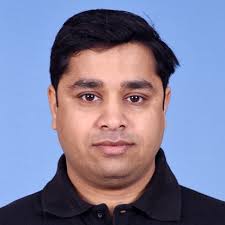An interface between light and matter allows us to engineer quantum networks. Realising and characterising light-matter quantum interfaces with high fidelity and high efficiency is a fundamental building block for a quantum communication network. Cold atom ensemble based quantum memories provide simple and versatile light-matter interfacing platforms. The spectroscopic studies will provide access to an atomic toolbox for designing a robust quantum memory. For successful implementations of quantum memory, it is imperative to carry out high-precision studies of spectroscopic properties of a wide range of atomic systems. For example, precise knowledge of atomic calculations can be useful to estimate the systematics of measurements carried out in the laboratory. In the course of achieving the above goals, appropriate relativistic methods need to be developed and applied to the interested systems. Theoretical modelling of the relevant atomic structure will not only complement the experimental findings with deeper insights. It will also provide new spectroscopic architectures for realising quantum memory. Such combined studies will facilitate a platform for small scale quantum processor units, where fundamentals studies on aspects of quantum communication can be tested. One of the ubiquitous effects in all aspects of quantum communication and computing is decoherence. Deeper knowledge of atomic structures will help us characterise decoherence and will lead the path to error correction protocols in quantum computers. The technological and theoretical advances in quantum computing and quantum simulations can also provide the necessary impetus to forge ahead in tackling electronic-structure problems. On classical computers, the computational cost for these problems rises exponentially with increase in the size of the system. Hence, even with state-of-the-art theoretical techniques and algorithms, computations of properties of heavier atomic and molecular systems can stretch the limits of existing high-performance classical machines. With such a limitation placed on existing classical computers, the promise of tremendous speed-up on quantum computers in solving electronic-structure problems received a lot of attention. We intend to develop algorithms to carry out calculations of the spectroscopic properties of atomic systems using the future quantum computers.
Group Leader

Prof. Bijaya K Sahoo
Group members

